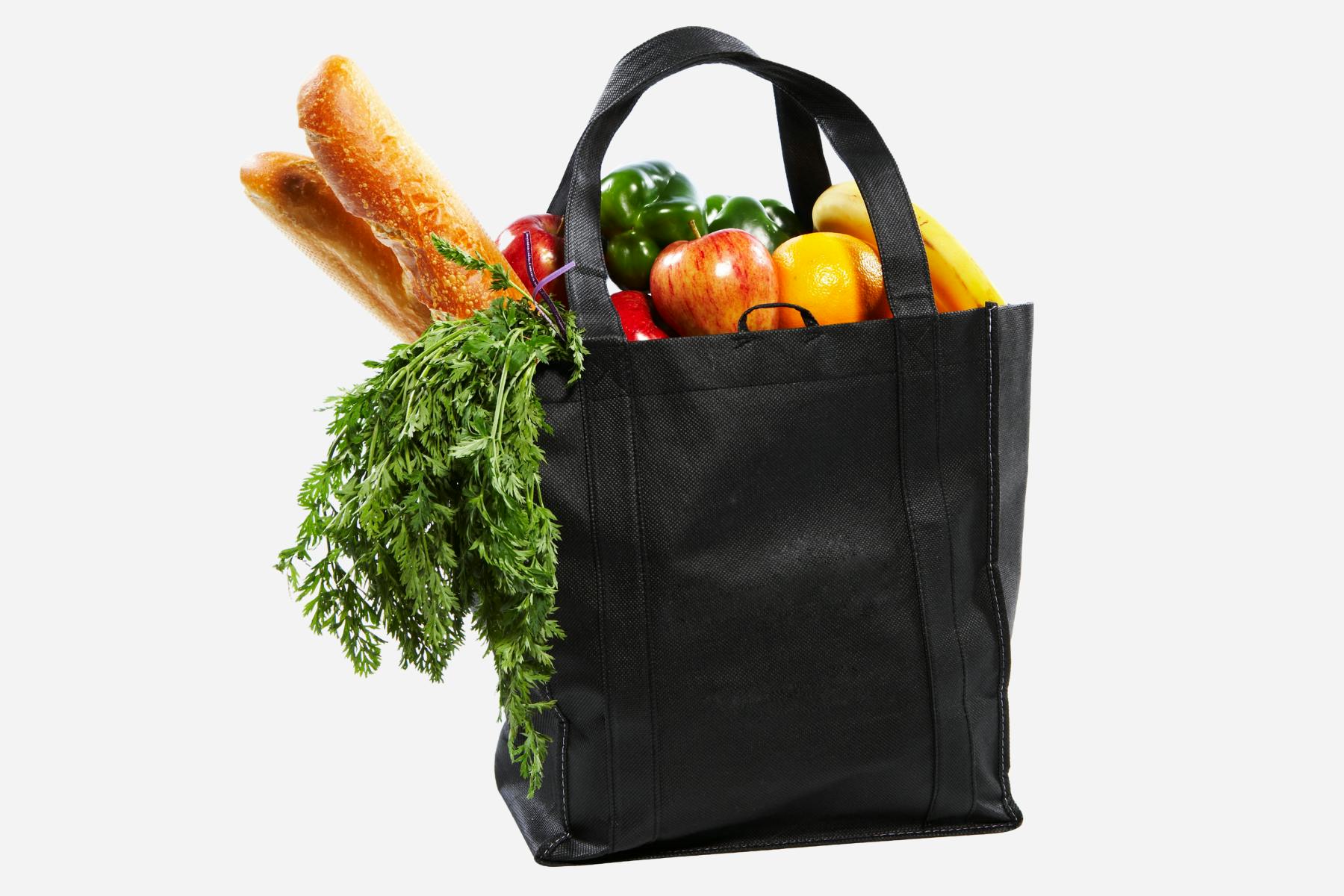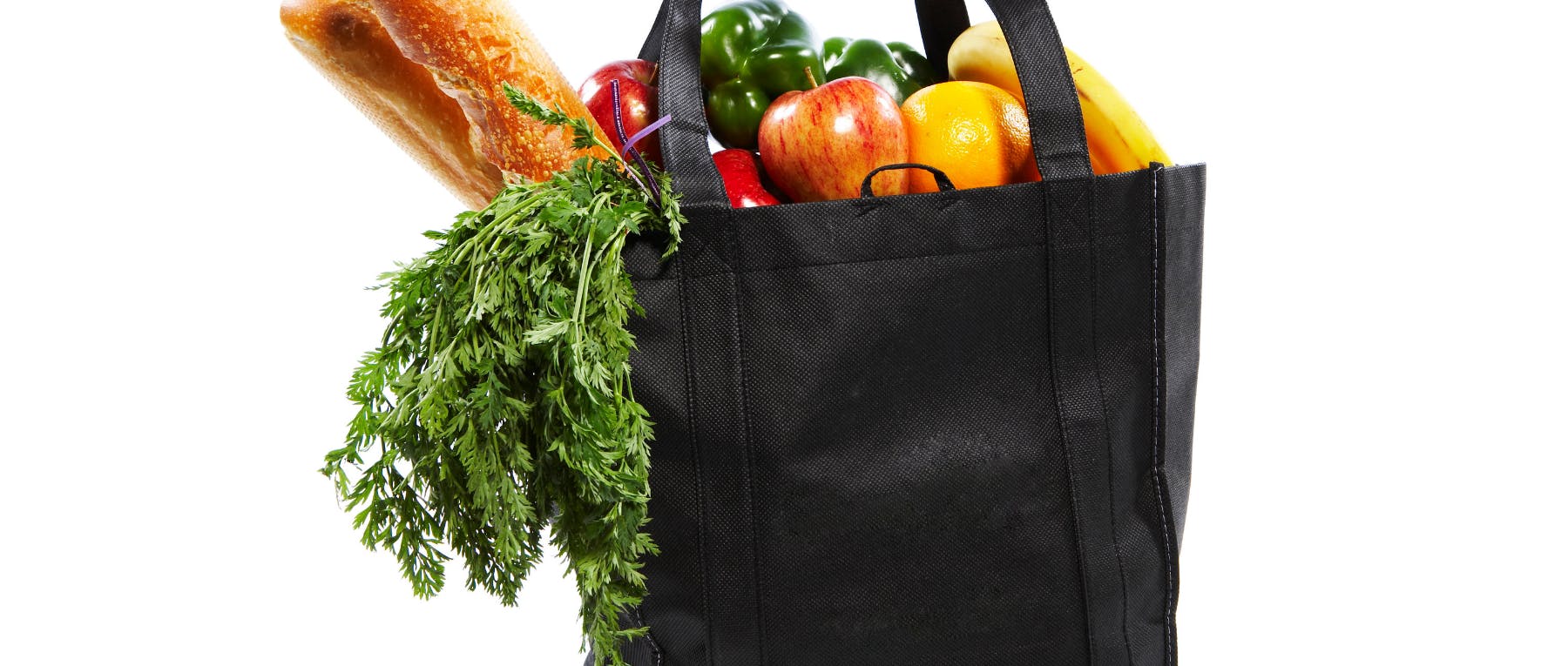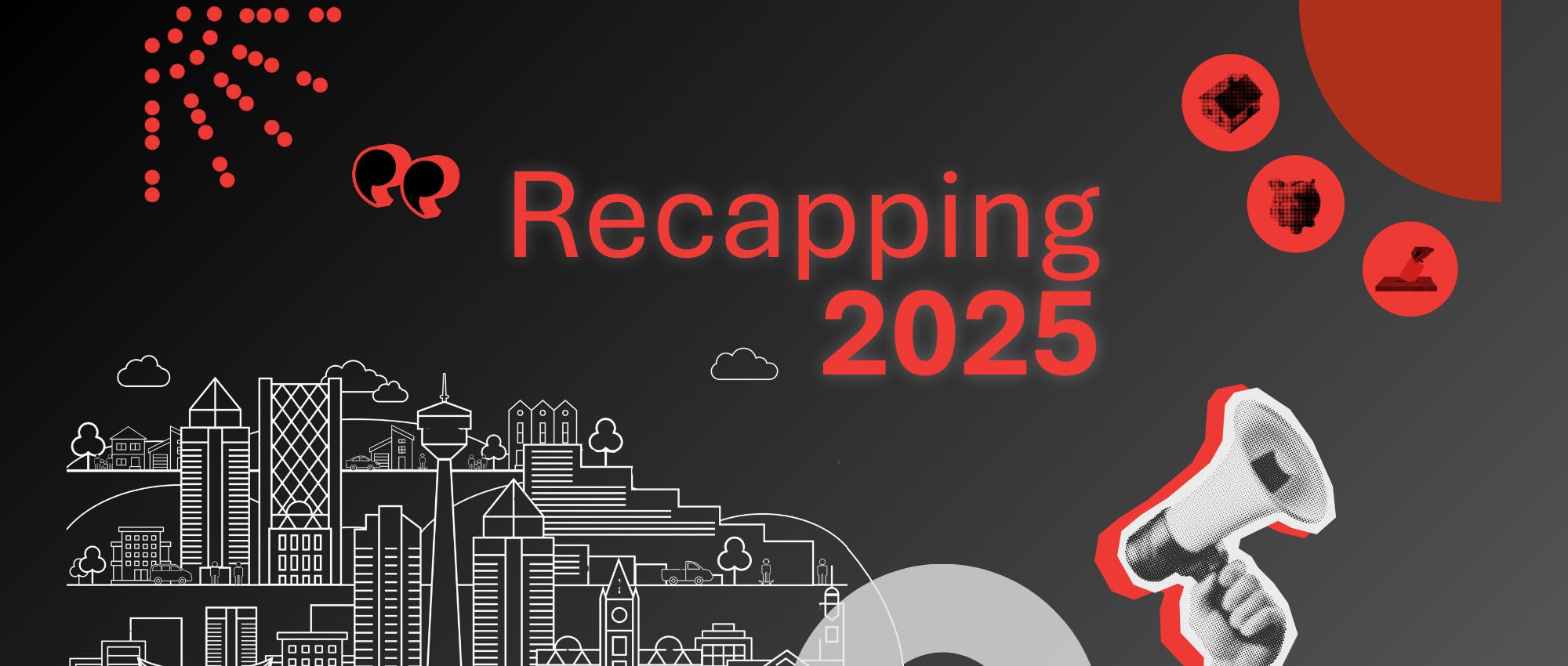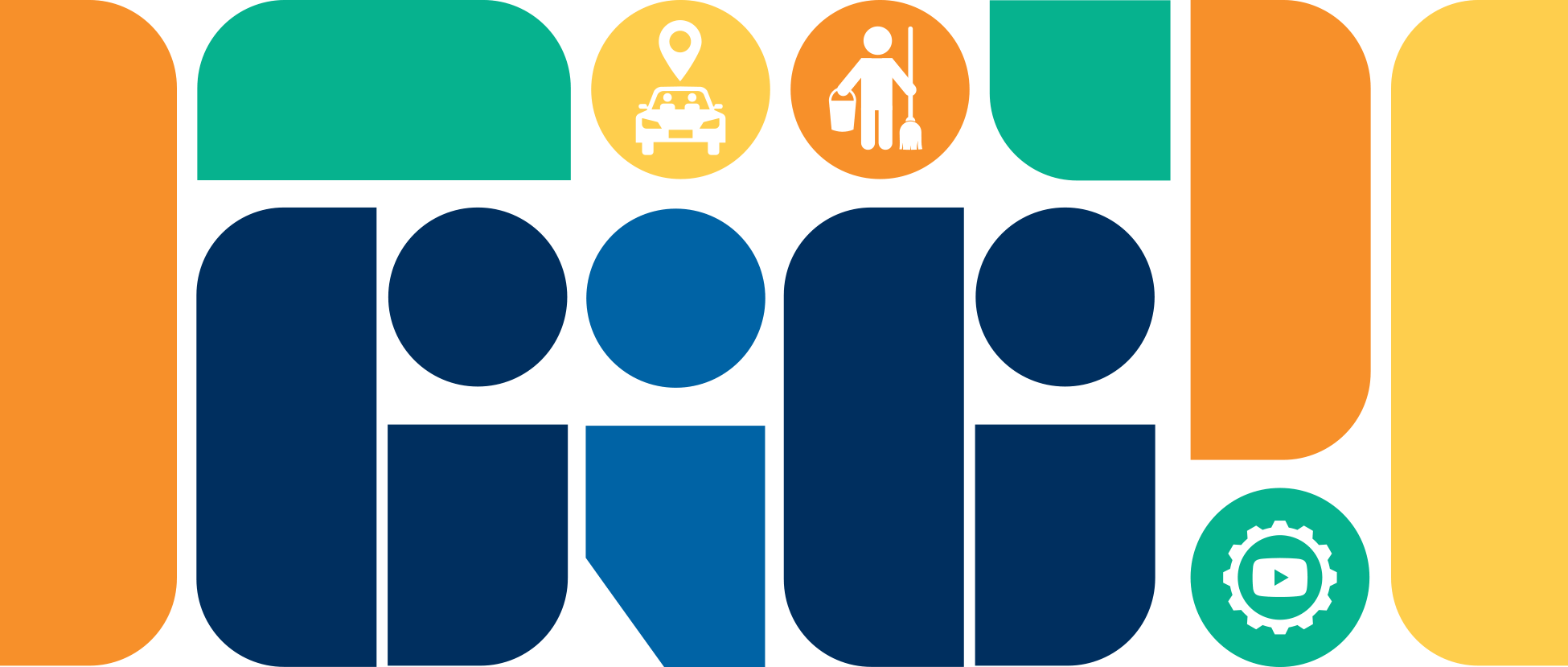In December 2021, James Stauch and Cordelia Snowdon from the Institute for Community Prosperity at Mount Royal University published The Right to Eat Right: Connecting Upstream and Downstream Food Security in Calgary. VCC had the chance to ask James Stauch a few questions about the study.
Can you explain what brought about this research?
A conversation with local venture philanthropist Zai Mamdani and Place2Give Foundation manager Gena Rotstein, who had worked together to create the YYC Food Security Fund, and wanted to document the early stages of the fund’s work in testing the concept of a “food hub”. This struck us as a timely opportunity to also provide a broader scoping of the topic of food security in Calgary, which is a hugely popular topic for students as well, and for both this micro- and macro-analyses to be shared with the broader public.
We’ve all seen an uptick in the price of food lately and many are feeling the pinch. So how would you distinguish between those that have food security and those that don’t?
It’s pretty simple: If you have the means to procure food that meets your nutritional and cultural needs, then you are food secure. If you struggle with this, then you are not food secure.
Can you explain the concepts of upstream and downstream food security?
Downstream food security is the availability and affordability of nutritionally viable food for consumption. This is the realm of food retail and food charity, for example. Upstream food security is the agricultural and distribution end – i.e. where our food comes from. It is the ability of the food production system to maintain healthy land, soil, genetic diversity and agricultural resilience, along with resilient and dependable supply chains. The two are often connected though. Climate change most immediately affects upstream food security, but there are inevitable follow-on effects downstream: Think of this year’s floods in BC, which wiped out trucking routes from the coast, further spiking food prices and creating gaps in food availability.
The report mentions one in eight Canadian households are food insecure, 1.2 million children, 40% of post-secondary students and 60% of Alberta Indigenous adults. How is Calgary doing compared with the rest of Canada?
Overall, Alberta (including Calgary) doesn’t stand out more than other provinces in most respects, with one very glaring exception: Indigenous food insecurity is more acute in Alberta. I actually don’t know why this is the case, but could speculate. There may be more limited opportunities to engage in traditional harvesting activities in Alberta, given the cumulative impact of so many other economic activities on the land (from forestry to oil and gas to agriculture to tourism and beyond). But again, that’s just speculation.
Please elaborate on the following statement: “A severely food insecure person will cost the public health care system more than double what a food secure person will.”
People who are chronically nutritionally deprived will experience any manner of other health issues, from obesity and type 2 diabetes to mental health challenges such as increased risk of depression and suicide. This is why if people balk at what it might cost taxpayers to have greater income security for those in poverty, they aren’t seeing the bigger picture: We’re already paying buckets of money in public health care costs, not to mention the many other expensive systems that are far downstream (policing and justice, EMS, etc.).
Shifting the focus to upstream, Canada’s dependence on southern growing regions was cited as a “national security risk.” Can you explain why and what can be done about this since we can’t really increase our growing season?
One of the things COVID has taught us is that we need to have a far more encompassing definition of national (including existential) security risks. Is it more likely, for example, for a Russian sub to attack a Canadian icebreaker in the high Arctic? Or is it more likely that prairie farmers will experience drought conditions, or that major highways will be immobilized due to extreme weather events. Of course, that’s now a rhetorical question, but if you would have said that 20 years ago, you would have been dismissed as an enviro-alarmist and ignorant of the realpolitik of global affairs. So, in order to be secure in terms of adequate national food production, we need to look at the import/export mix and sources of vulnerability. Canadian trade dependence on the US has actually grown in the past few decades since the free trade agreement, and (with respect to food) as consumers have expected year-round access to all manner of fruits and vegetables (the classic example often cited is avocados, which have a huge carbon and water footprint, while avocado cultivation has been linked to deforestation). Last year, Canadians purchased over $11 billion in imported food, over $3 billion of which comes from drought-stricken California. Not only is this unsustainable ecologically, but is this supply chain shock-proof? Could we pivot easily to local production as import substitution quickly and nimbly?
I found the historical context provided in the report very interesting. Particularly, paternalism and the introduction of emergency food aid. Can you elaborate a bit on this and how the consequences are even being felt today?
The underlying mental model of how we collectively approach downstream food aid in Canada has long been coloured by Victorian paternalism. The very notion of a food hamper is a Victorian tradition, for example. Even community food centres, which emerged partly as a reaction to hamper-based aid, are based on a bunch of incorrect assumptions about the ignorance of the poor. If we provide education on meal preparation, gardening, smart shopping, food budgeting, etc., the thinking goes, people living in poverty will be more ‘empowered’ to address their own food security needs. But these well-intentioned interventions are not evidence-based, and the research shows that food insecure people are four times more likely to budget for food than middle class households. Food aid in Canada has also been weaponized. James Daschuk’s book Clearing the Plains documents, for example, how Indigenous peoples on the prairies were forced into treaty by way of famine, followed by food rationing in exchange for signatures. This is important to reflect upon, as we know that 60% of Indigenous Albertans currently experience food insecurity. We also know that much of the experimental research leading to the first Canada Food Guide was done (non-consensually) on children in the residential schools. The schools themselves being an adaptation of Victorian industrial schools and reformatories.
You mention the trendiness of movements like Farm-to-Fork, 100 Mile Diet, agro-ecology and regenerative farming. It doesn’t seem to have impacted the supply chain in any large way, but the report suggests policy and cost could drive change. Can you discuss examples of jurisdictions where policy has been successfully implemented?
The answer to this is very complex and has many dimensions. For example, if we look at regions where food loss (food wasted along the supply chain) has been minimized, we’d have to applaud New Zealand and Australia, who have kept losses down to about 5%, vs. more than 15% in North America and Western Europe. Countries in East and Southeast Asia are also performing well on minimizing food loss. The Economist Intelligence Unit currently ranks France as having the strongest approach to sustainable agriculture, as they have a very ambitious agro-ecology policy. The Netherlands also performs well with a strong geothermal-powered hydroponics sector. Canada also scores pretty decently on the few sustainable agriculture indices out there, typically in the top five (though from the perspective of a small organic producer, I imagine this would come as a surprise). Most countries in Europe, including Russia, as well as the US, have either met or are close to meeting their own food security targets under the UN’s Sustainable Development Goals (SDGs). On this score, Canada is a laggard. In fact, alongside affordable housing, food security improvement is an area where Canada’s performance has been dismal. For example, one of every two children on earth, including the vast majority of children in OECD countries, enjoy a publicly funded school lunch and snack program. But in Canada, we seem content to rely on a patchwork of charitable programs to feed hungry kids in school. Not only is this unsustainable, and potentially stigmatizing for kids in poverty, it’s economically short-sighted.






